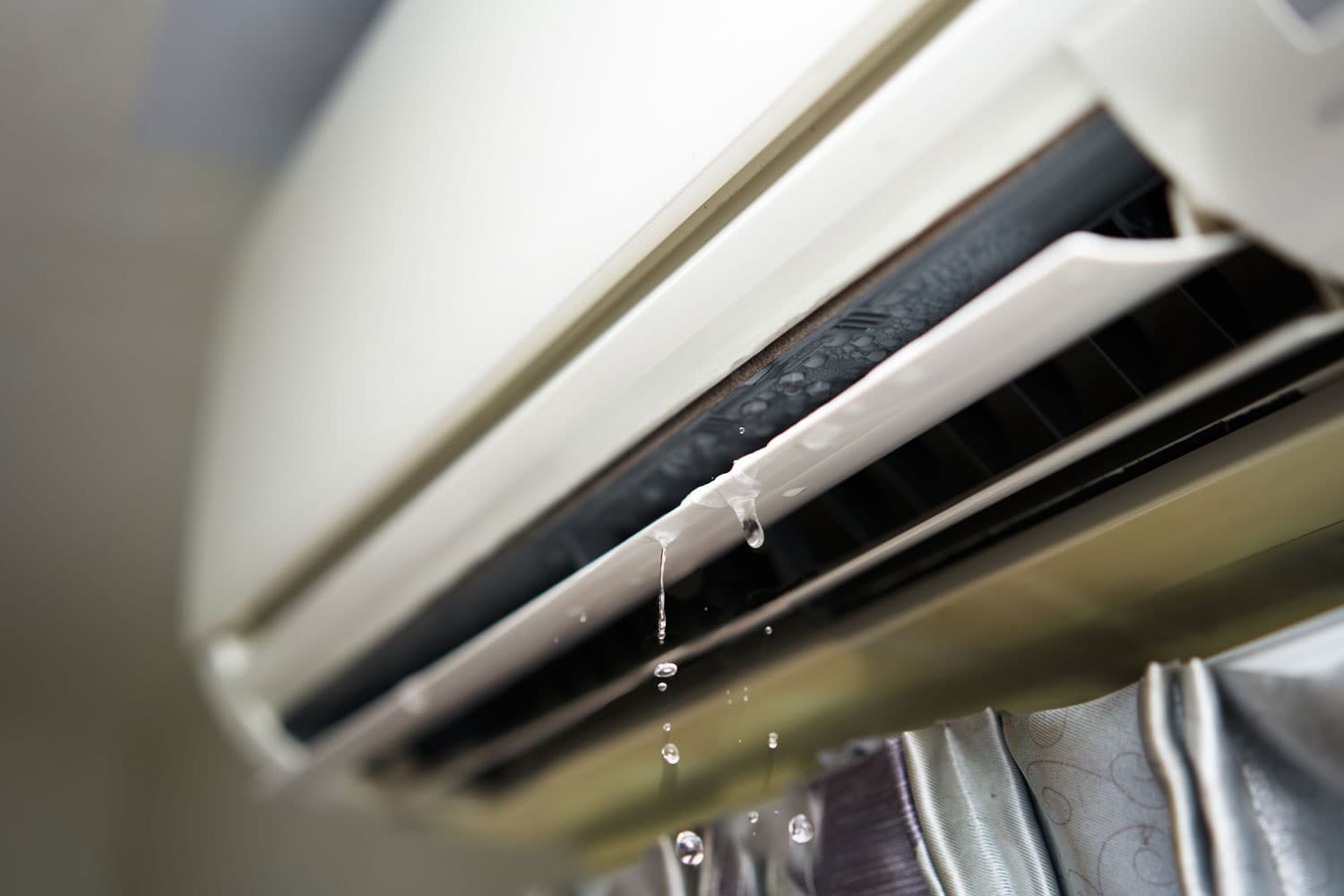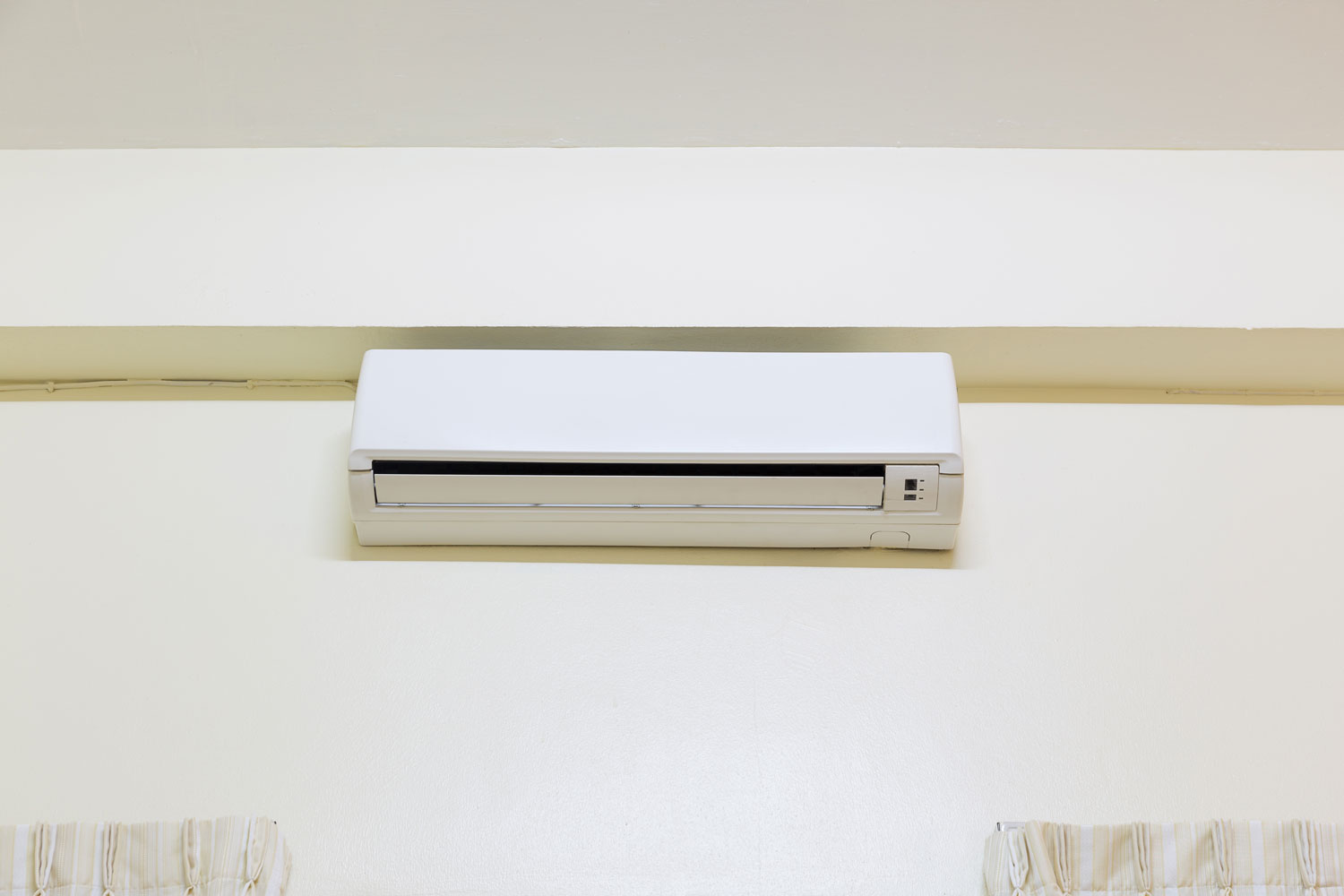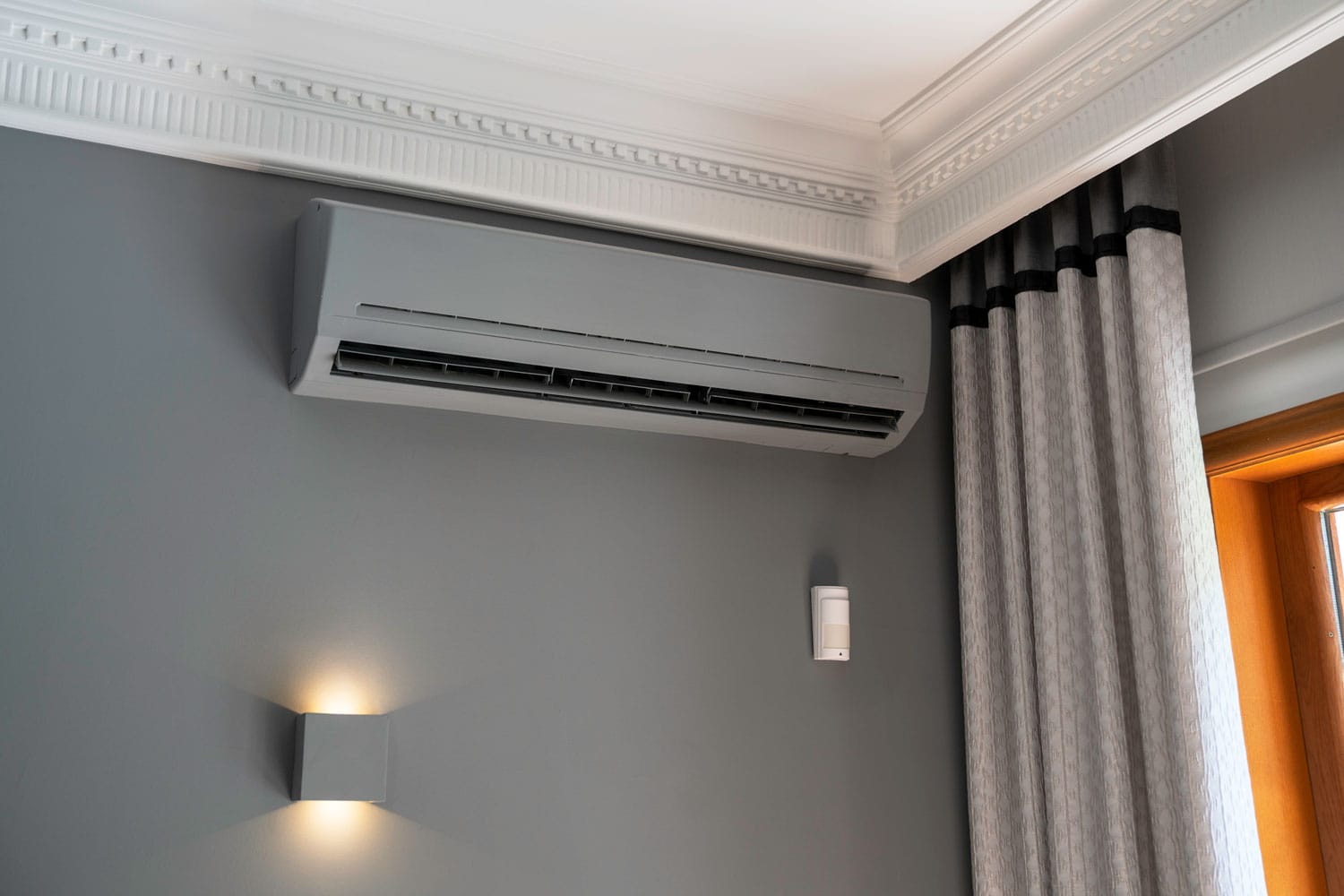You may be wondering what 'Fan Mode' on your air conditioner actually does and when to use it. Little do we know it has more benefits not only for you but also for your AC. We have researched everything you need to know about AC's 'Fan Mode.'
Ideally, use the air conditioner's 'Fan Mode' when the room's temperature and humidity level are balanced. Because the fan is the only AC component that circulates air already present in the room, you will experience its full potential in a balanced environment. For best results, switch to 'Fan Mode' during early morning hours.
Today's air conditioning units are built with more features that have multiple modes of operation, one of which is 'Fan Mode.' Just a simple understanding of these options can help you maximize your AC's functionality and reduce your energy costs. Please stick with us to learn more!

When to use Fan Mode
'Fan Mode' is one of the features every air conditioning unit has. Knowing when to operate your AC using this mode is important because it will help you save energy and lower electricity bills.
During wee hours of the morning is the best time to use' Fan Mode' because it is still cool outside, making it easier for the fan to cool the room as well.

Because the compressor is turned off, the fan will only circulate the air that is already inside the room. That is why it is important to check how hot or cold the temperature is outside and inside before turning on your air conditioner's 'Fan Mode.'
You must also check the humidity inside the room. If your home is filled with humid air, it is best to first use the default cooling mode of your AC.
Once the room is cool enough, you can switch to 'Fan Mode.' Doing this will give the air conditioning cooling system a few minutes or hours to rest while keeping your room well-ventilated.
How does the Fan Mode work?

Once you turn 'Fan Mode' on, it immediately starts running by having the built-in fan work continuously to make up for the compressor's absence.
The compressor is your AC's main component, responsible for cooling the unit. Once you use 'Fan Mode,' the compressor will shut off almost immediately. This is why the fan operates right away to take on the duty of cooling your living space.
Even though the fan could not match the compressor's ability to cool the air, it does well to ventilate the room.
What are the benefits of using Fan Mode?
1. It decreases the AC unit's workload
Turning the fan mode on will decrease the risk of overworking your air conditioner. If your AC unit runs continuously in high power, there is a great chance that the unit's capacity and capability to work will be affected.
Using the fan mode will not only make your AC's life longer, but it will also aid in making sure that the system runs to its full potential.
2. It conditions cold temperature in the morning
'Fan Mode' works best during the mornings. Because the outside air is already cold, it cools the air pretty well rather than during peak hot hours.
3. Fan Mode is energy efficient
If you wish to save energy, you should use the fan mode feature of your AC. It not only helps in cooling and regulating the temperature inside your home, but it also helps you save energy and reduce electricity bills.
Its power consumption is usually 150 watts, unlike the default cooling mode, which uses 1,000 watts. It is actually a good option because it reduces your energy bills.
When an air conditioner is turned on, it uses significant power to move the refrigerant through the system. However, if you use 'Fan Mode,' the unit depends on the low-powered fan instead.
Does Fan Mode on an AC bring in outside air?

No, 'Fan Mode' does not bring in fresh outside air. That is not how air conditioners are designed. When you switch to 'Fan Mode,' the fan will take in air from inside your room into the unit itself, then blow it back into the room.
The air is being recycled by the air conditioner's fan. Residential air conditioning units are basically 100% recirculating.
What mode should you use for your air conditioner?

These days, air conditioners are designed with several features that you can choose from. As we said earlier, choosing the right mode will help you conserve and save energy and stay comfortable.
Having a simple understanding of these various modes and settings will help you maximize the use of your air conditioning system.
Cool Mode
When you turn on your air conditioner, you will notice that 'Cool Mode' is the default setting in which the conditioner operates. In 'Cool Mode,' your AC uses both the compressor and the fan.
In this mode, the AC unit takes in the hot and humid air inside your room and runs it through the compressor before blowing it out into your room. This way, the hot air is cooled.
If you wish to save energy, you can use 'Cool Mode;' however, saving electricity depends on the air conditioner's temperature setting and also the room's starting temperature.
For example, your AC consumes less energy if it is changing a 86 degree Fahrenheit room into 77 degrees Fahrenheit. But more energy is used when changing a 95 degrees room to 77 degrees Fahrenheit.
When to use 'Cool Mode'
- The cool mode option is best used when both the humidity levels and temperature are high.
- Use 'Cool Mode' so that the temperature stays at the specified cooling level that you want.
Dry Mode
Living in an area close to the sea causes humid air. High humidity levels create discomfort because your skin feels damp and has difficulty perspiring to cool your body. Thanks to 'Dry Mode' you shouldn't have to endure this in your home.
'Dry Mode' works by sucking out all the moisture in the air so that the room can become breathable and more comfortable. The air conditioner takes in the humid air dries it using the evaporator before releasing it back into your room.
It is important to know that in this mode, your AC does not cool the air, just dries it. Yet it does not act as a dehumidifier because it does not remove all the moisture content inside a room.
When to use 'Dry Mode'
- Use dry mode when the humidity is high and the temperature is bearable.
- It is best to use dry mode during the cooler months.
- If you do not need to cool the air, switch your AC to dry mode.
Quiet Mode
Professionals have invented a new way to maximize the use of your air conditioning units. This innovation found, on inverter air conditioners, allows for accurate operation, enabling users to achieve a more stable room temperature.
Your AC will operate quietly and without any changes or functional problems, unlike standard air conditioners. Try switching your air conditioner unit to 'Quiet Mode,' especially during evenings, for quiet sleeping conditions.
Check out Haier Ultra Quiet AC on Amazon.
Sleep Mode
Our bodies do not need much cooling when we are asleep. 'Sleep Mode' automatically regulates the air around you and increases the temperature little by little up to a maximum of +3 degrees. After it has reached the maximum degrees, the AC will turn off.
If you prefer not to use your AC unit the whole night, and if you wish to save energy, you can use 'Sleep Mode.'
Turbo Mode
The turbo mode is the most powerful setting of your air conditioning unit. It is used for quick cooling of a room because it runs at its maximum continuously for 30 minutes before reverting back to the original setting.
You can use 'Turbo Mode' if you want to cool your room in the fastest way possible.
In Closing

Your air conditioning unit's 'Fan Mode' is still the best option if you want to save energy and lower electric bills while still properly ventilating your home.
It is also important to understand how some of the newer features of an AC so that you will have an idea of how to maximize your unit's efficiency.
If you have found this topic informative, check out these other articles:
"How Long To Ventilate A Room?"
"What is "Eco Mode" on an Air Conditioner?"

